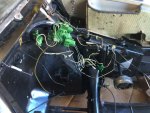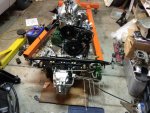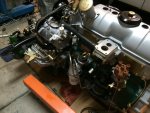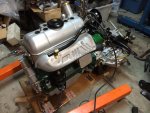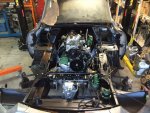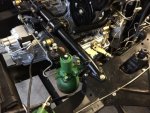I did. I did just see an aircon pump.
Do the dance. Do the Daffyduck dance using the Aussiefrogs app. Be real happy if you can.
Do the dance. Do the Daffyduck dance using the Aussiefrogs app. Be real happy if you can.

